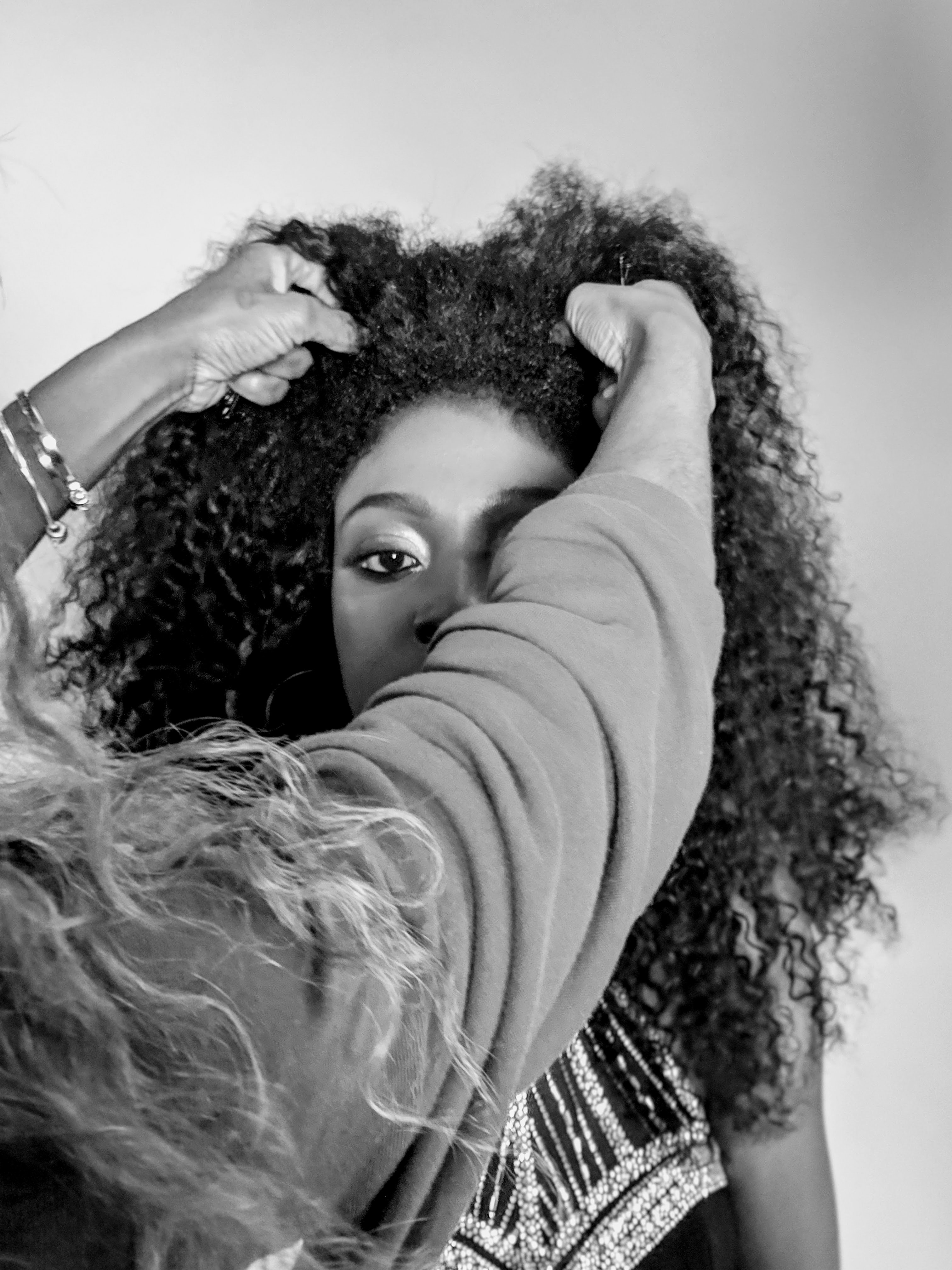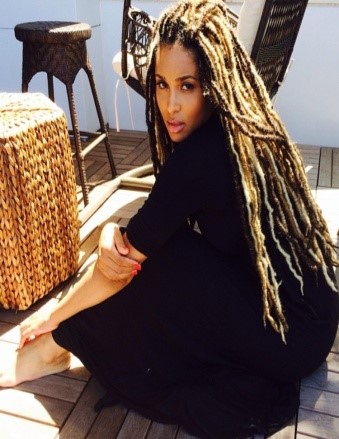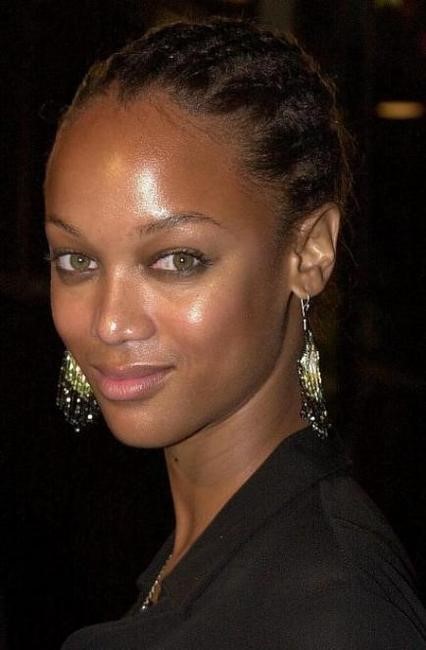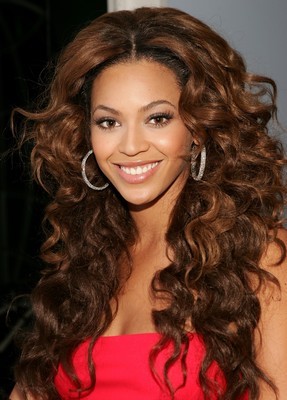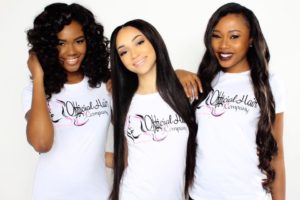Each bend and curve in dry and kinky hair represents a weak point. This means that when you wash, comb, or style your hair these bends and curves are easily broken. One of the keys to growing long healthy hair is reducing how much you manipulate it. Whether you are trying to maintain healthy hair or grow longer hair you can resort to a protective hairstyling technique to achieve the desired results.
Protective hair styles for natural hair involves putting your hair into a style that works by tucking your ends away from the atmosphere to protect them from damage. The promise is that if you put the ends of your hair to rest thereby narrowing its tendency to break, your hair continues to grow leaving you with longer and healthier hair.
Some Protective Hairstyles for Natural Hair
Sew-in Weave
A properly done sew-in weave is one of the most popular hair extension-protective styling technique out there! In this method, the extensions are sewn into your hair after braiding cornrows where edges are safely tucked in. Using hair extensions you can keep you natural hair safe from pollution damage, breakage and splits. This technique allows you to carry off any color and style without affecting the health of your natural hair. Although it might be harder with extensions, try not to skip on cleansing and conditioning your hair and scalp. After each wash soak up the excess water using a soft towel and use a hairdryer to finish off the drying process.
Braids and Twists
Another method is to put your hair up in attractive braids and twists. Handle these styles with care as over-manipulation will cause frizz and dryness. Invest in a quality moisturizing product and satin scarf. Wrap hair to sleep at night and refresh in the morning with diluted conditioner.
Cornrows
Cornrows are an age old technique used to maintain and protect kinky hair types. They are easy to maintain and is a lovely long term protective styling option. Cleansing and conditioning of hair is indispensable to keep hair free of splits and to combat dryness. In order to prevent bacteria build up and mold formation ensure that hair is kept as dry as possible. Sleeping on satin pillows and retention of moisture can help to keep frizz at bay.
Netted Weave
A netted weave is a partial wig. The way that it is used is that a net is placed on your head directly over your cornrow braids. Then the hair extension weave tracks are sewn directly to the net only occasionally sewing directly onto your cornrow braid. This protects your hair from much of the stress or pulling caused by the thread. It also gives your hair an added layer of protection and secures the weave better on your head. Moisturizing can be difficult but you can use an applicator bottle to make it easier.
Wigs
Wigs are probably the easiest protective hairstyle out there. It offers more flexibility as your hair and the wig can be maintained separately. Always use a wig cap with this hairstyle to protect your natural hair.
Do check out our exquisite Virgin Hair collection of frontal, closures and hair extensions for all your hair needs!
Protective Hairstyles-Do’s and Don’ts
Protective hairstyles are usually low maintenance styles but they may trigger the opposite of what you wish to achieve if timely care is not provided.
No-Manipulation Styles
In order for the style to be effective in retaining length it should not cause breakage, tangling or knotting of hair. Protective hairstyles are usually classified into two, low maintenance and no maintenance styles. Low maintenance styles require regular handling to some extent. Examples are braids, twists outs. On the other hand, no manipulation styles are those where free strands of hair are not handled. Examples include cornrows, flat twists, sew in weaves and wigs where hair is braided or twisted underneath and does not require daily combing. With little manipulation required, no manipulation styles is the better choice to protect your hair from damage caused due to splits and knots.
Not Tight Nor Small
Another key point to remember is never to pull your hair too tight while braiding, twisting etc. This form of tension can result in breakage and even lead to bald spots. Installation and taking down of micro braids and twists can be quite a chore and if not done properly you may end up losing a lot of hair. Try to stay away from micro braids and twists unless you are absolutely sure that your hairstylist has the skill and patience that it demands.
Give It Some Time
To see visible results you need to keep the style in for some time as constant changing of styles can trigger more breakage and split ends. Allow the protective hairstyle somewhere between 2-4 weeks time before you let it down for a while(2-3days). Follow this up with another protective styling session to maintain the growth phase.
Don’t Neglect Your Hair
Make sure your ends don’t get all dried up and get filled with splits in the process. Just because you’re protective styling doesn’t mean you can neglect your hair and scalp. You can still wash your hair as well as apply water and oils to keep it moisturized. Protective hairstyles are prone to product build up, lint and matting, hence be on a look out for them. Keeping the style in for prolonged periods(over 8 weeks) can also be damaging.
There are many protective hairstyles for natural hair out there that encourage healthy hair growth and length retention. They also allow us to change up our daily look without long-term commitment to cut or color. But timely care and nourishment is of prime importance in order to fully enjoy the benefits that these styles offer.

